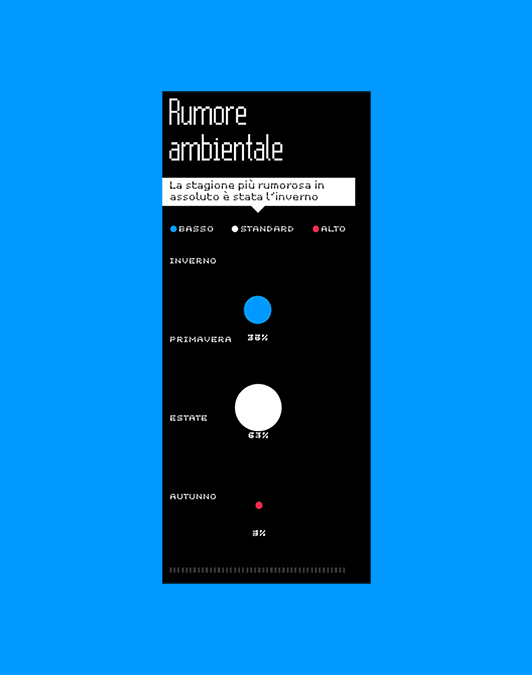While scientific and design approaches are often counterposed, I try to merge them.
→ I am a fan of iterative processes but I don't think that going Agile means having the possibility to change everything everytime. I believe that the final product benefits if some anchors are set.
→ I always try to design usable products but I don't think that users should never think. I think sometimes users should be guided through explorations, or inspired to learn something new.
→ I trust and doubt at the same time both human complexity and data objectiveness.
1. Listen
Everything starts from here.
2. Research & Discover
Every kind of research: user research (quantitative and/or qualitative), study of the topics involved in the project, discovery of how other designers approached similar problems, search for project references. Partly individual, partly shared with the design team, partly carried out with the client and/or the users (workshops, design sprints). This is a step where a lot of seeds are scattered over the ground: all the ideas sprouting in the 4. Create phase come from here.
(3. Reframe)
Sometimes clients hasn't a clear understanding of their needs: in these cases the research step helps to discover and focus them, and gives the opportunity to review the project brief in order to better comply with the real client's goals.
4. Create
In these step concepts and ideas pop up, taking advantage of all the work done before. As the 2. Research & Discovery phase, this step could be partly individual, partly shared with the design team, partly carried out with the client (workshops, design sprints). Preliminary design activities could be carried out, depending on the kind of project. There could be divergent paths in the process, but at the end a small bunch of ideas should come up and be presented to the client.
5. Assess
It's time to set a milestone! In this phase one idea/concept to be fully developed is chosen together with the client.
6. Design, Develop & Test
I don't see design and development as two separate steps. I rather see them as two vehicles chasing each other, because I consider thinking and doing as intertwined activities. Developers can unveil unexpected worlds of possibilities to designers, and vice versa. More than this, a very close relationship between designers and developers could be very helpful when working with lots of feedbacks and iterations. This is the reason why I'm including also testing in this phase: I consider design, development and testing as a whole. Prototyping could be part of design or development activity, depending on the kind of purpose, customization and refinement of the prototype.
7. Iterate
Developing a project or a product means learning continuously from doing: for this reason we can always discover something that pushes towards a change. There can be changes in conditions regarding the context, or —more often— something to rework because of the feedbacks from the client and/or the testing activities, or simply because something that worked very well in our mind or on a static mockup doesn't work in the same way once implemented. Sometimes iteration means stepping back and redefining something it's not working as intended, sometimes refining something good but still not perfect.
8. Integrate
I'm not a service designer, but considering a product/project in its full context is part of my approach. I always try to take into account all the connections between what I'm doing and the rest of the world, and to take care of them.
9. Deliver, Celebrate & Resonate
It's important for both the designer and the customer to spread the value of what has been done.





